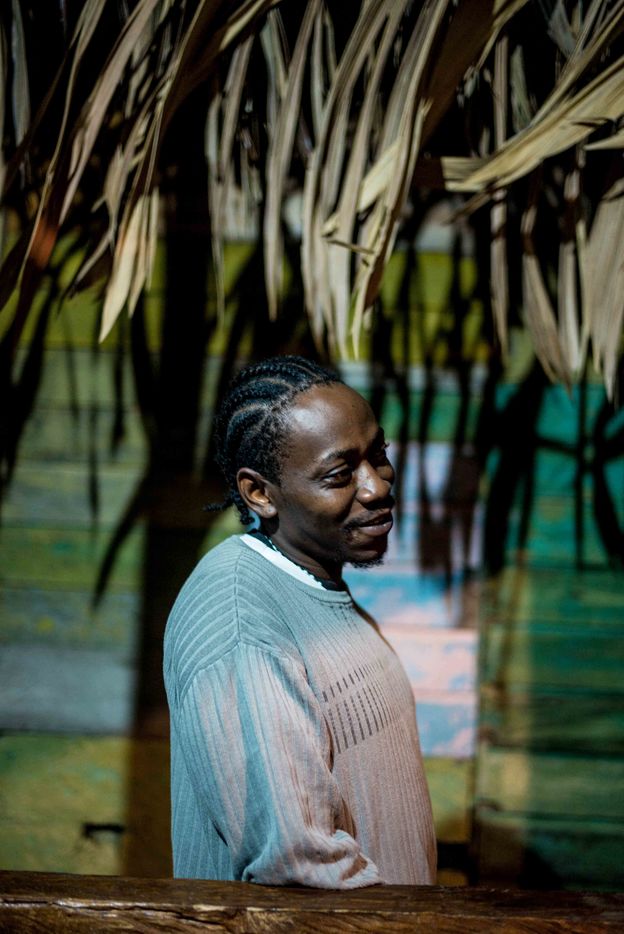Pour accéder à la série en entier, vous devez vous logger ou demander un compte Hans Lucas en cliquant ici.
Guatemala: Garifuna en terre maya
Les Garifunas sont issus du métissage entre des esclaves africains évadés (les nègres marrons) et les autochtones (Caraïbes et Arawaks), métissant certaines traditions africaines avec la culture caraïbe. Leur nom signifie « mangeur de manioc » en arawak.
Il s'agit d'un des quatre grands peuples autochtones reconnus par la constitution du Guatemala ( avec les mayas par exemple) lors de sa fondation il y a plus de 200 ans. Malgré une culture riche, qui se perpétue de génération en génération leur visibilité et leur intégration dans le pays reste difficile. Essentiellement établis à Livingston et Puerto Barrios sur la côte Caraibe, bon nombre migre vers la capitale à la recherche d'un travail et d'autres possibilités economiques.
Ce projet repose sur une série de rencontres avec des personnages de la communauté à différents endroits du pays. Chaque portrait à fait l'objet d'un entretien autour de l'identité, du sentiment d'appartenance au Guatemala, à la culture, sa transmission. Une partie de cet entretien, est écrit à la main par les protagonistes, sous forme de citation.
Travail réalisé grâce au soutien de Leica Fotografie International et International Women?s Media Foundation.
Octobre 2017
GUATEMALA: Garifuna in a Maya land
The Garifunas are the result of a mixture of escaped African slaves (brown niggers) and indigenous people (Caribbean and Arawaks), mixing certain African traditions with Caribbean culture. Their name means "manioc eater" in Arawak.
It is one of the four major indigenous peoples recognized by Guatemala's constitution (with the Mayans, for example) when it was founded more than 200 years ago. Despite a rich culture, which is perpetuated from generation to generation, their visibility and integration in the country remains difficult. Mostly based in Livingston and Puerto Barrios on the Caribbean coast, many migrate to the capital in search of work and other economic opportunities.
This project is based on a series of meetings with community leaders in different parts of the country. Each portrait was the subject of an interview on identity, the feeling of belonging to Guatemala, culture and its transmission. Part of this interview is handwritten by the protagonists, in the form of a quotation.
Work carried out with the support of Leica Fotografie International and International Women ' s Media Foundation.
October 2017









